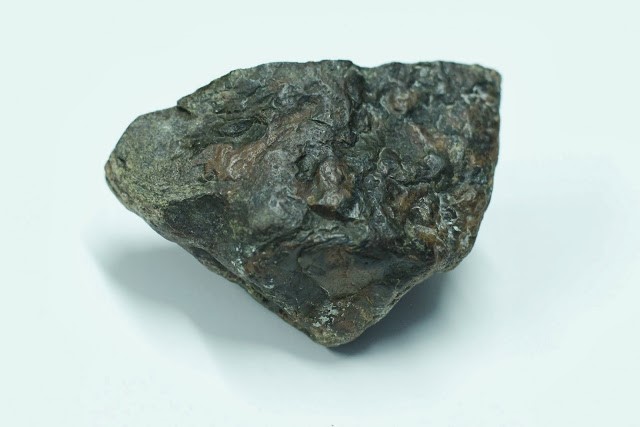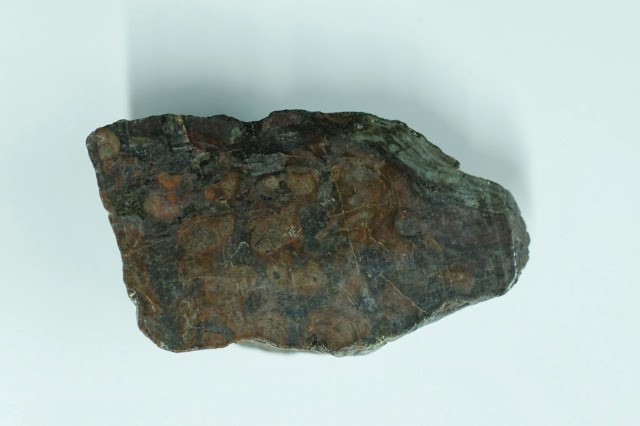Oldest Artifact at the MOWT
October 8, 2013

At the Museum of World Treasures you can see lots of amazing artifacts every day, including dinosaur fossils, mummies, and historic documents. Much of the collection is on display to the public, but the oldest item in the Museum is currently in collection’s storage. Can you take a guess as to how old it is?

This fascinating artifact is called a “stromatolite” and is over 500 million years old. This ancient stromatolite is a rock formed from sediment becoming trapped in mats of cyanobacteria, which is commonly called blue-green algae but is actually a type of photosynthetic bacteria. The Museum’s piece of stromatolite dates back to the Precambrian time period which makes it over 500 million years old.

How can we comprehend 500 million years? In comparison, Ivan the T. rex is only about 65 million years old. A good way to put this amount of time in context is to think of 10 years of your life equal to one millimeter, about the width of a paperclip. If you do this, one million years is about the length of a football field, 65 million years is about 65 football fields or about 4 miles long, and 500 million years is about 500 fields or 30 miles. Compare one millimeter (10 years) to 30 miles and you might have a chance at understanding just how old our piece of stromatolite is.

Stromatolites are not only Earth's oldest fossils, but are especially interesting in that they are one of the only visual portals into deep time on earth and the emergence of life. A small piece of stromatolite encodes biological activity perhaps spanning hundreds of thousands of years. In broad terms, stromatolites are fossil evidence of the prokaryotic life that remains today. Some of the oldest known stromatolite fossils date back over 3.5 billion years ago, when the environments of Earth were too hostile to support life as we know it today.
Interested in the time before the dinosaurs? Visit the Museum to learn more about pre-historic biology and make sure to visit our new geology exhibit opening in November.
